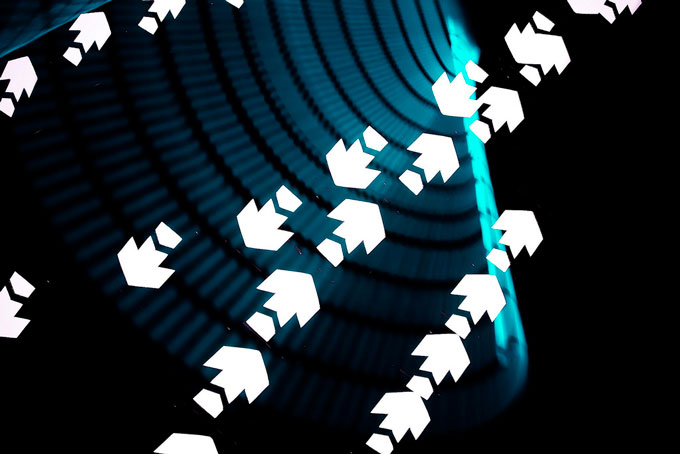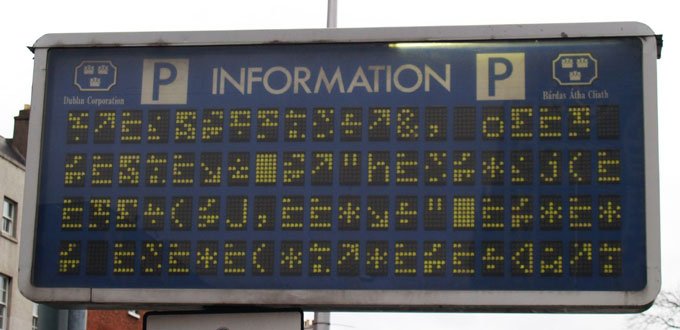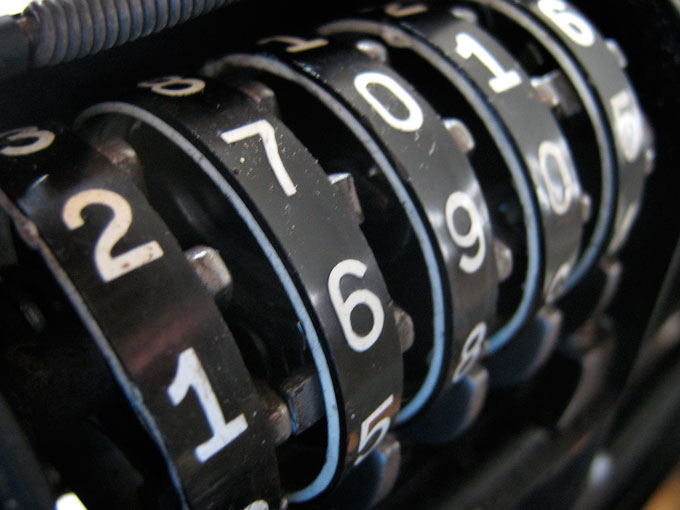There are two words in the English language that can stop you dead in your tracks: burn out.
No matter how much you love something, there's always the risk of doing too much too quickly and getting sick and tired of it. This is especially true when learning a language (like Japanese), which can seem like a daunting task (although really, it's not).

Fortunately, there's a lot you can do to avoid burn out. There's the obvious strategy of taking some time off, but you always run the risk of not picking it back up again.
Probably the best way to deal with the ever-looming threat of burn out is to mix it up a bit. Instead of slaving over the same workbooks and grammar dictionaries, try looking at Japanese from a different perspective.
One way to use Japanese but not worry about if you're getting the grammar and keigo right is wordplay. It's fun, lighthearted, and a great way to use Japanese without killing yourself over it.
And in terms of variety, there are lots of different kinds of Japanese wordplay that will get you back in the swing of things.
Palindromes
Palindromes are words or phrases that are read the same from front to back; "race car" is a very simple palindrome, but there's also the classic example of "A man, a plan, a canal: Panama." They're the kind of things you learn about as a kid and have fun with for a time, but don't really use much.
After reading Lisa Katayama's post about 70s seaweed commercials, I realized that I hadn't really thought about palindromes in Japanese.
The seaweed commercials came from a company called Yamamotoyama 山本山, a name that's read the same forwards and backwards, up and down. After hearing the name read from front to back and in reverse, making it almost impossible to get "Yamamotoyama" out of your head.
In Japanese, palindromes are called kaibun 回文. They can be a little bit tricky for English speakers because Japanese uses characters, not letters; so Yamamotoyama might not look like it's a palindrome (after all, isn't Yamamotoyama backwards "Amayotomamay?"), but it makes more sense in Japanese.

But single words like Yamamotoyama are child's play when it comes to kaibun; after all, kaibun literally means "circular sentence." Take a look at some examples of kaibun (taken from this site):
| Japanese | Romaji | English |
|---|---|---|
| 私の皺 | Watashi no shiwa | My wrinkles |
| 夏まで待つな | Natsu made matsuna | Don't wait till summer |
| 食いに行く | Kui ni iku | Go to eat |
| 留守に何する | Rusu ni nani suru | What will you do when I'm out? |
| 安い椅子屋 | Yasui isu ya | Cheap chair shop |
| 竹薮焼け爛 | Takeyabu taketa | The bamboo grove burned |
| 塀のあるあの家 | Hei no aru ano ie | That house with a fence |
Babigo
Everybody had fun using Pig Latin (or Ubbi Dubbi) as a secret code as a kid, but it turns out that the Japanese also have a language game that mixes up letters and words to confuse the hell out of everybody.
It's called babigo, and the premise is surprisingly straight forward: after every character, you say ba, bi, bu, be, or bo depending on what the vowel was.

For example, "sushi" becomes "subushibi," and "origami" becomes "oboribigabamibi." The basic premise is simple, but it adds up to be really confusing!
You can read my post all about babigo here.
Numbers
Last, but certainly not least, there's probably little the Japanese love more than some good ol'-fashioned number-based wordplay.
The concept is called goroawase ごろ 合せ, and it's simple: every number in Japanese can have multiple readings, if you really stretch it. So 4 can be read as yon, shi, foo, or any number of other ways. You can use those multiple readings to make different words out of numbers.

This helps people make up mnemonics to help people remember phone numbers and other important numbers. Even the brand-spankin'-new Tokyo Skytree was built to be a specific height so that the numbers would mean something.
More about goroawase in Koichi's post from last year, which you can find here.
